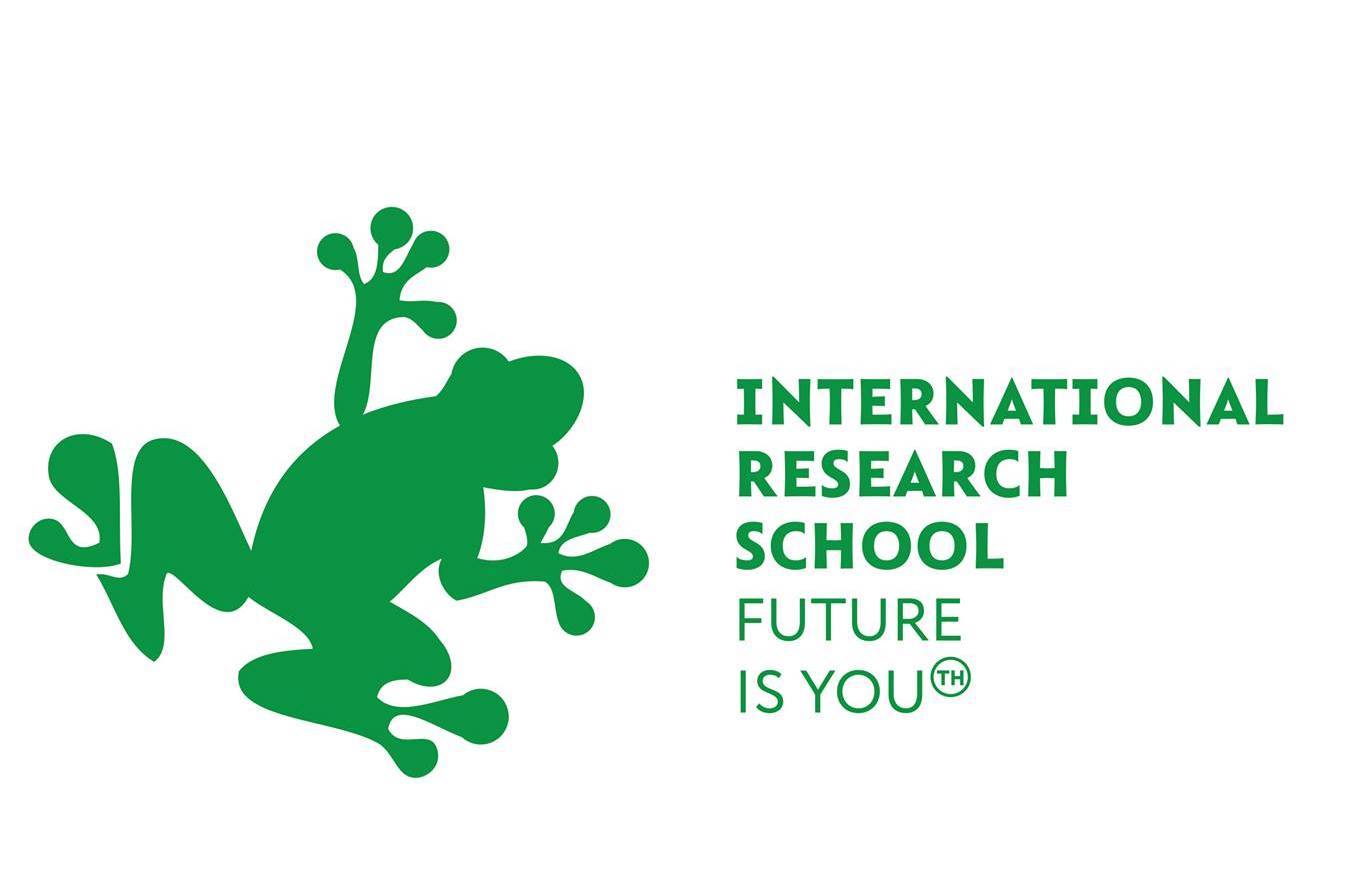14TH INTERNATIONAL RESEARCH SCHOOL
Space Missions Planning and Solar Terrestrial Interactions
Space Physics
Manned space missions planning, and modern space equipment design require to pay attention to the extremely changeable space weather conditions and the surrounding radiation environment in general

Magnetosphere rendition
During the research, the project participants will get acquainted with the rich world of elementary particles and ionizing radiation, their influence on biological objects, space equipment, and spacecraft materials.

The participants will also study in detail the most up-to-date information about the structure of the Sun and its magnetic fields, solar activity phenomena, its prediction and influence on human terrestrial and space activities. In the research conducted by the participants, special attention will be paid to forecasting the lifetime of spacecraft in Earth orbit and deep space. Participants will learn the basics of orbital mechanics and try their hand at calculating the parameters of the most common orbits. In addition, the most typical (but not always obvious) mistakes made when planning and launching space missions will be analyzed in theoretical classes.

The knowledge and experience gained during the project research will allow both new and comprehensive look at the current problems of studying and using outer space, as well as significantly reduce the threshold for joining serious scientific or commercial projects related to space technologies.
Requirements to the students
- basic or deepen knowledge of the course of school physics and mathematics;
- basic knowledge of spreadsheets and/or programming languages;
Technical Requirements for remote participation
Notebooks with at least Intel Core i3 processor, 4 GB RAM, 128 GB SSD
Installed programs:
- SRIM (Stopping and Range of Ions in Matter)
- ORBITRON
- Microsoft Excel/Libre Office
- Chrome/Firefox
- Python 3
- basic or deepen knowledge of the course of school physics and mathematics;
- basic knowledge of spreadsheets and/or programming languages;
Technical Requirements for remote participation
Notebooks with at least Intel Core i3 processor, 4 GB RAM, 128 GB SSD
Installed programs:
- SRIM (Stopping and Range of Ions in Matter)
- ORBITRON
- Microsoft Excel/Libre Office
- Chrome/Firefox
- Python 3
Tutors

Ivan Zolotarev
Moscow, Russia
Moscow, Russia
Ivan has been working at SINP MSU since 2009, since graduating from the university, now as a junior researcher. He is engaged in radiation physics and dosimetry in space. He directly participated in developing new dosimeters for the ISS and the new Orel spacecraft, the DEPRON device for the Lomonosov university satellite by the Institute of Nuclear Physics of Moscow State University. He also takes an active part in the creation of cubesats for the SOCRAT project.

Timur Illarionov
Yakutsk, Russia
Yakutsk, Russia
Timur graduated from the Larionov Physical-Technical Lyceum. Now he is a second-year student at M.K. Ammosov North-Eastern Federal University (NEFU)in the field of Radio Engineering.
He is engaged in 3D-development, programming and soldering of microcircuits. In 2021, together with like-minded friends, he founded his own organization to create educational solutions for the space direction. Сurently the are developing a small spacecraft, which it is planned to launch In 2023. Since 2022 he has also been working as a laboratory assistant at the Sakha Junior Science Academy.
In his spare time Timur is engaged in repairing various equipment and 3D development of various devices, which are then brought to life. In the future he wants to master electronics, circuitry and and improve his knowledge of 3D.
He is engaged in 3D-development, programming and soldering of microcircuits. In 2021, together with like-minded friends, he founded his own organization to create educational solutions for the space direction. Сurently the are developing a small spacecraft, which it is planned to launch In 2023. Since 2022 he has also been working as a laboratory assistant at the Sakha Junior Science Academy.
In his spare time Timur is engaged in repairing various equipment and 3D development of various devices, which are then brought to life. In the future he wants to master electronics, circuitry and and improve his knowledge of 3D.


